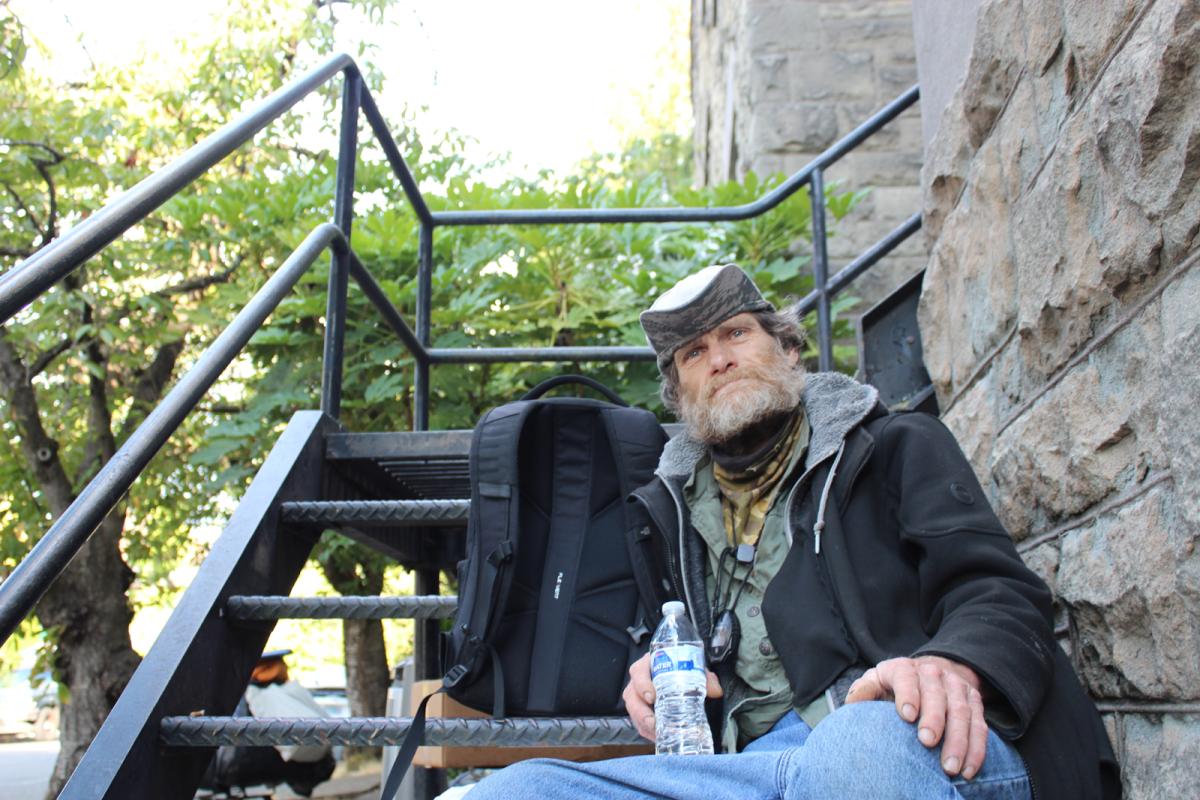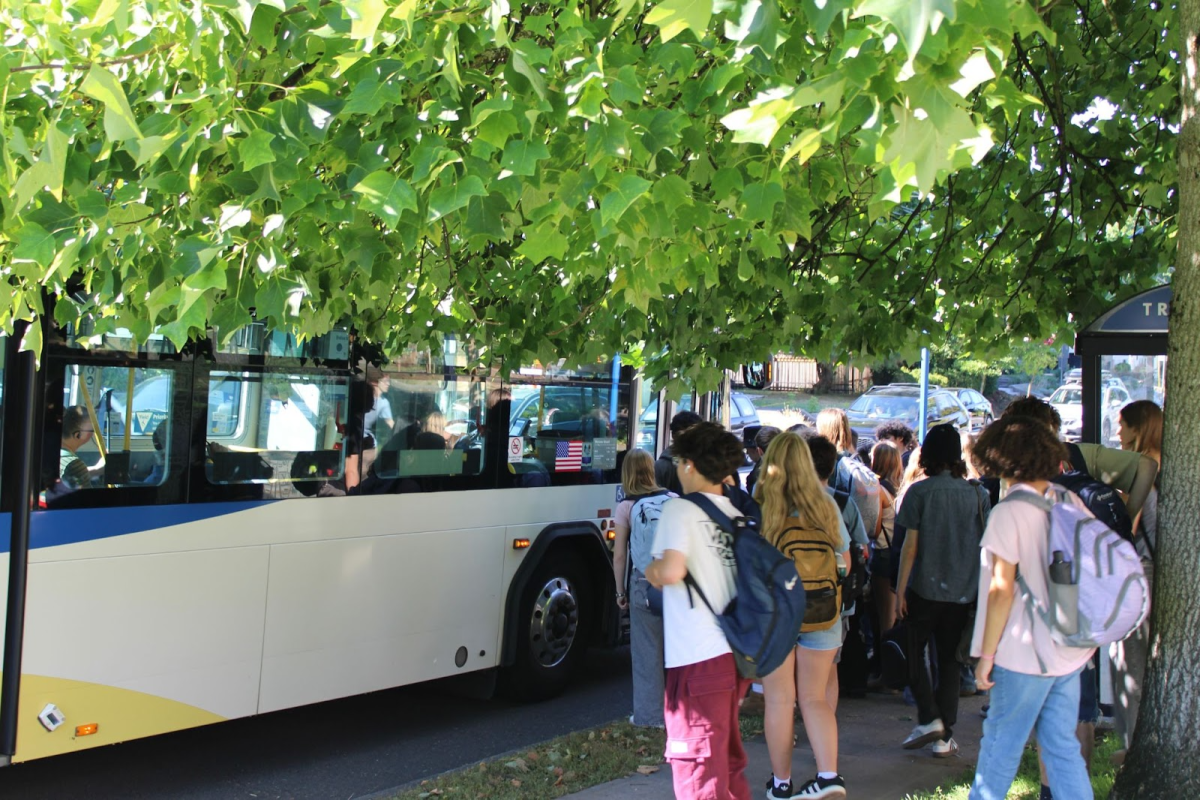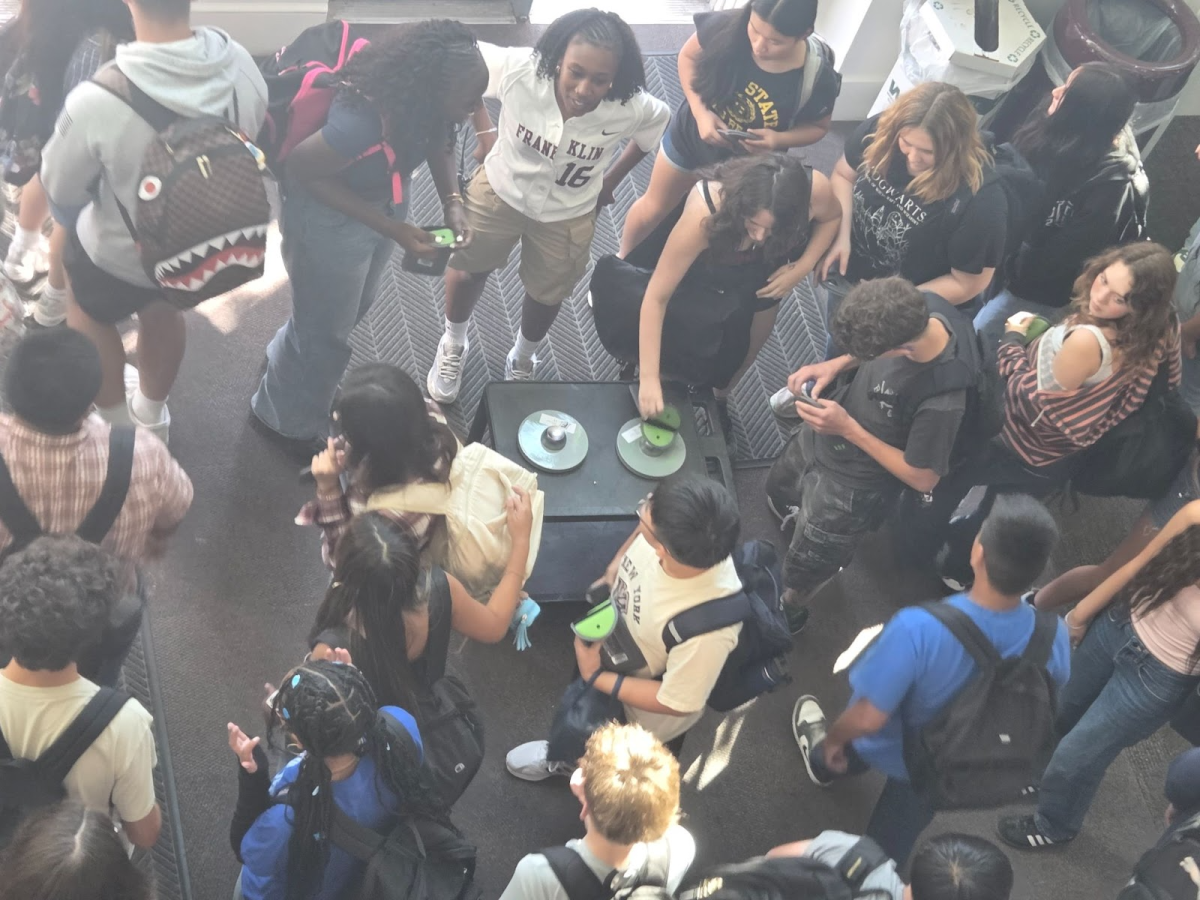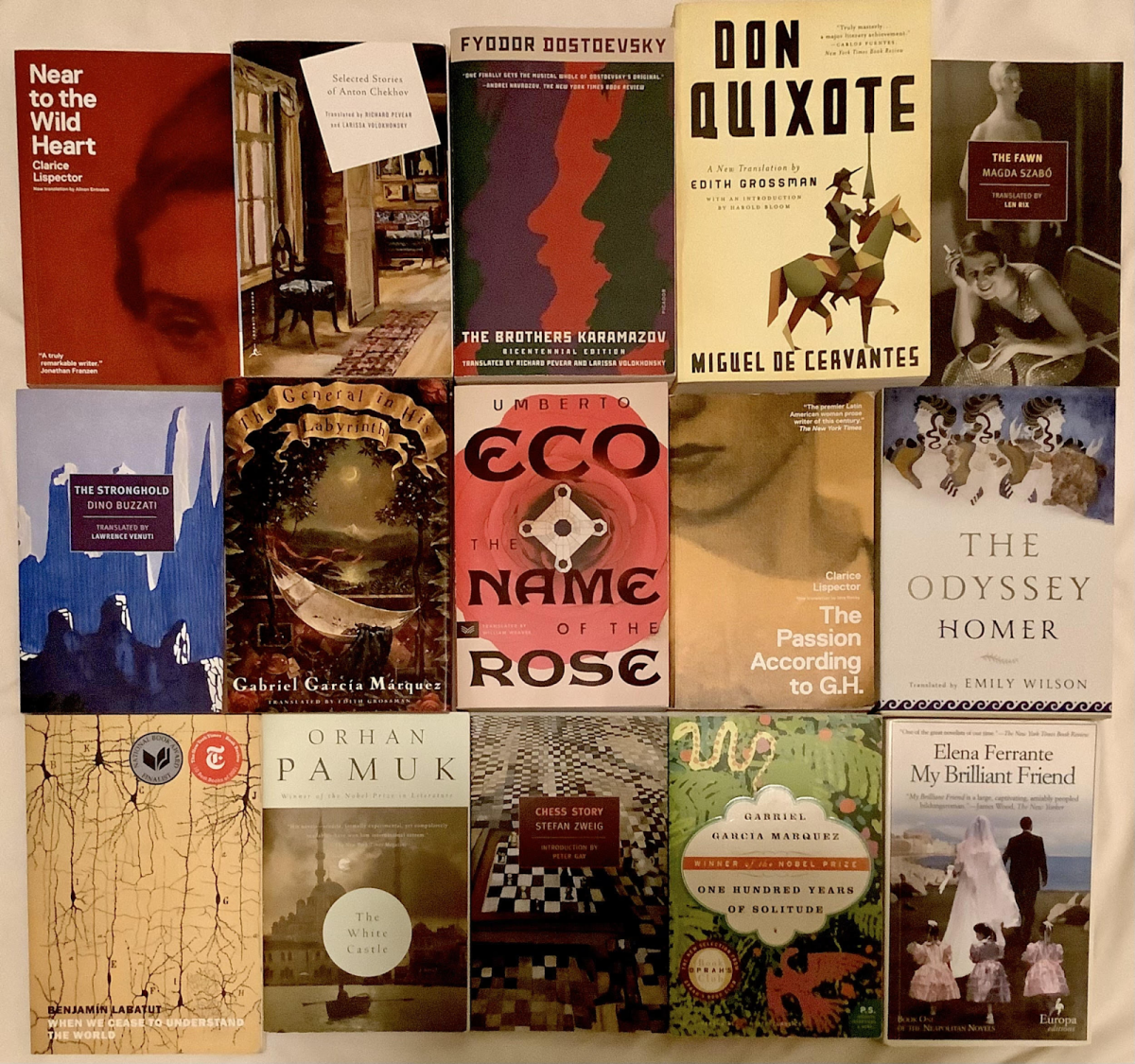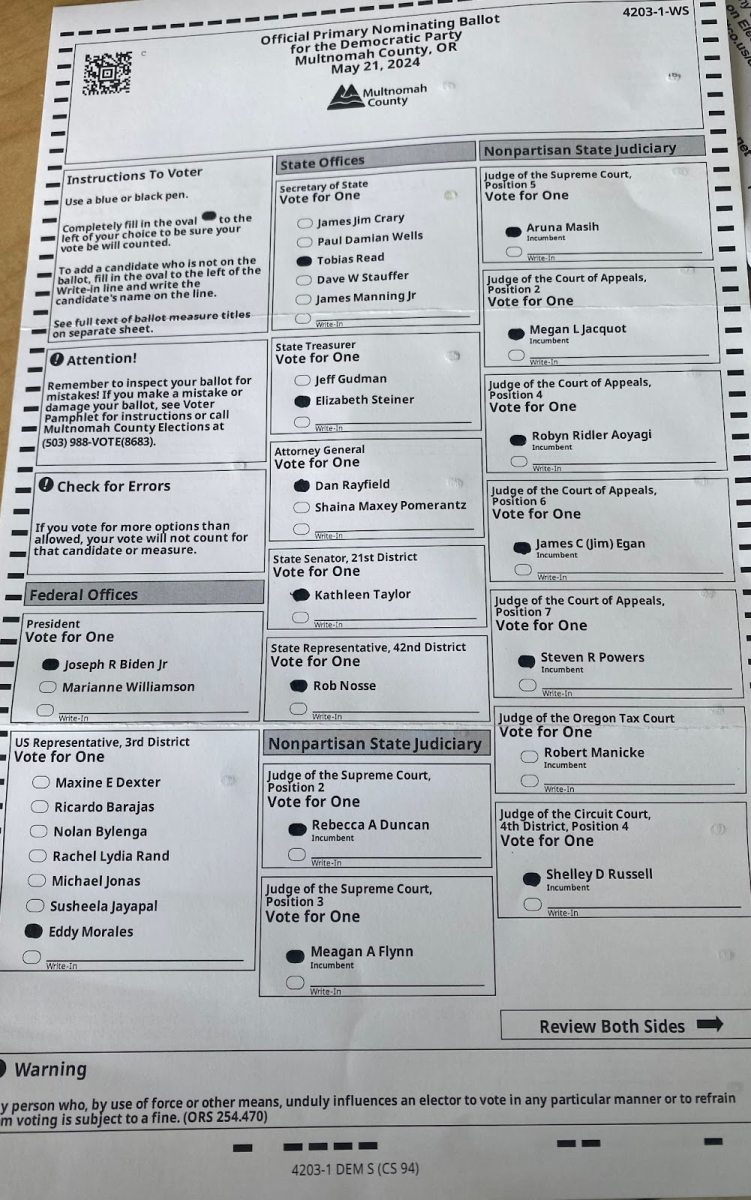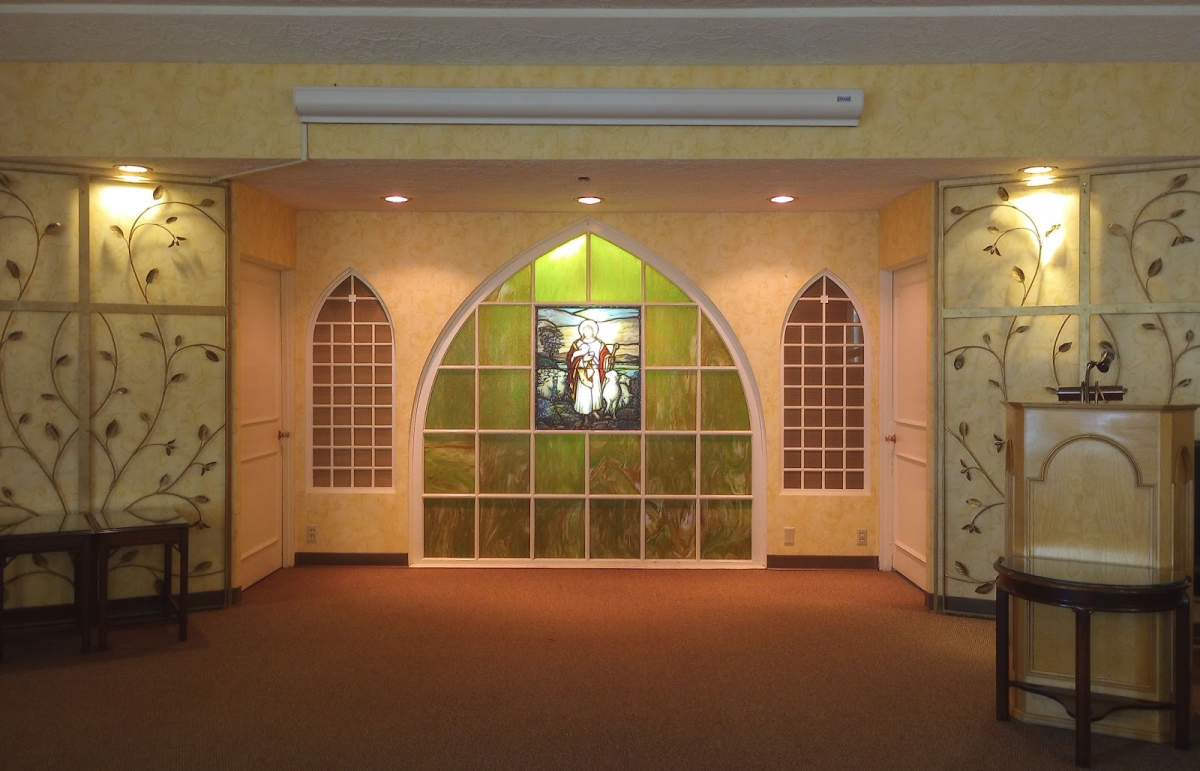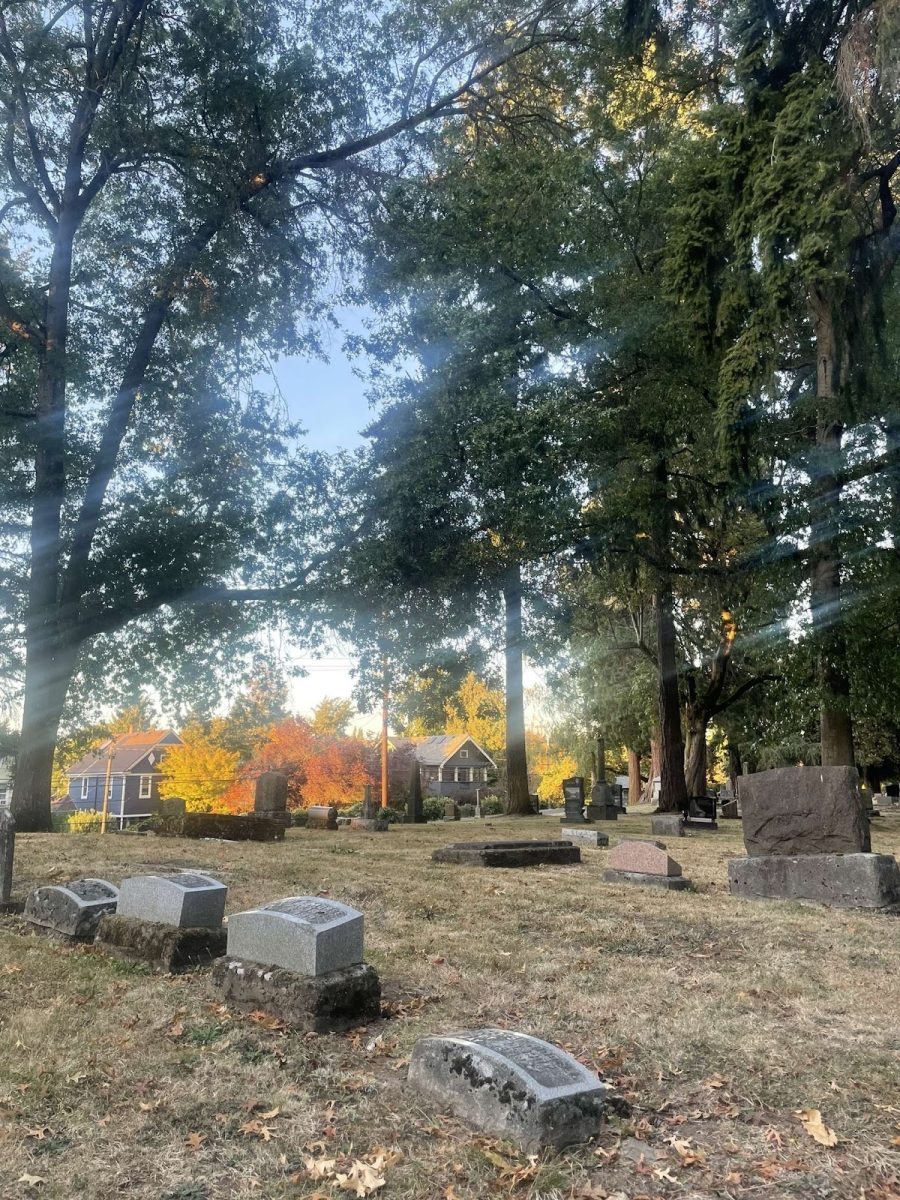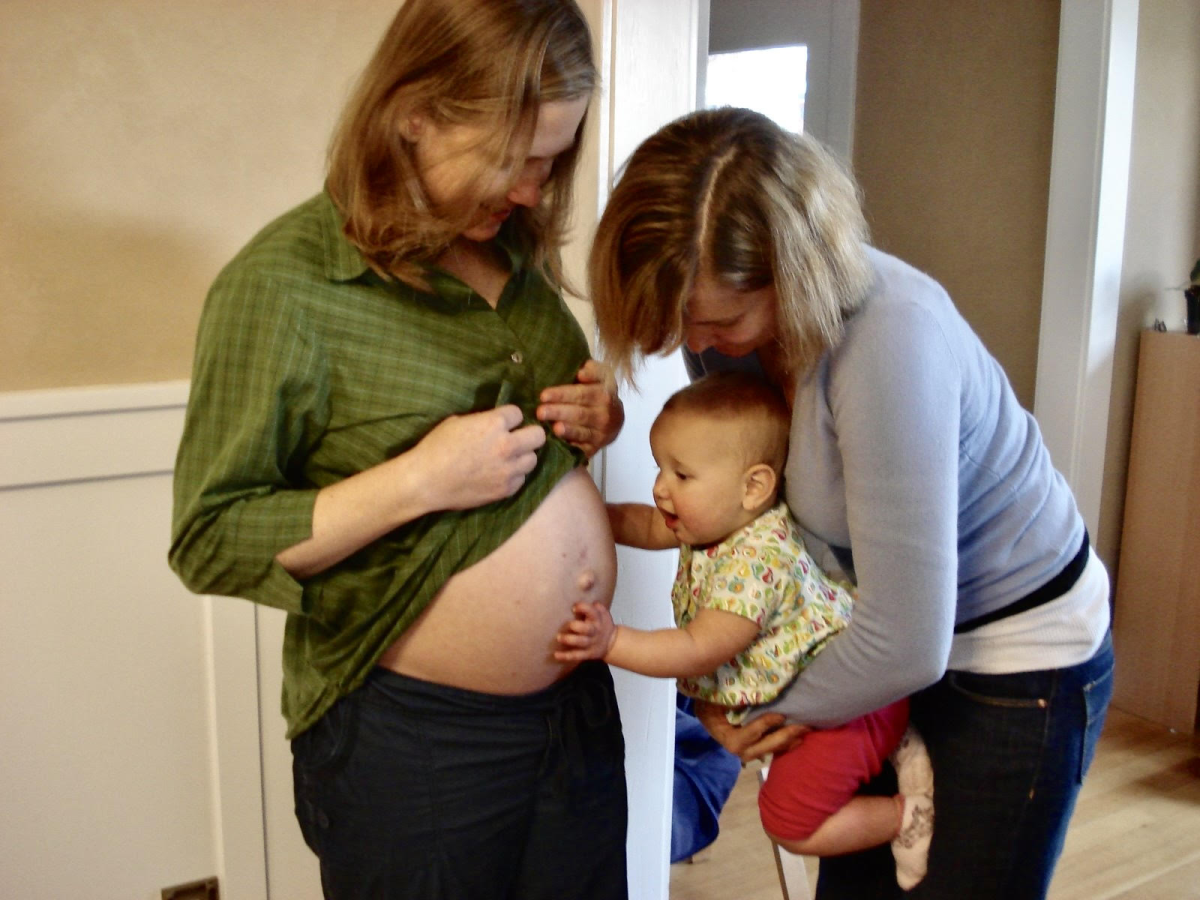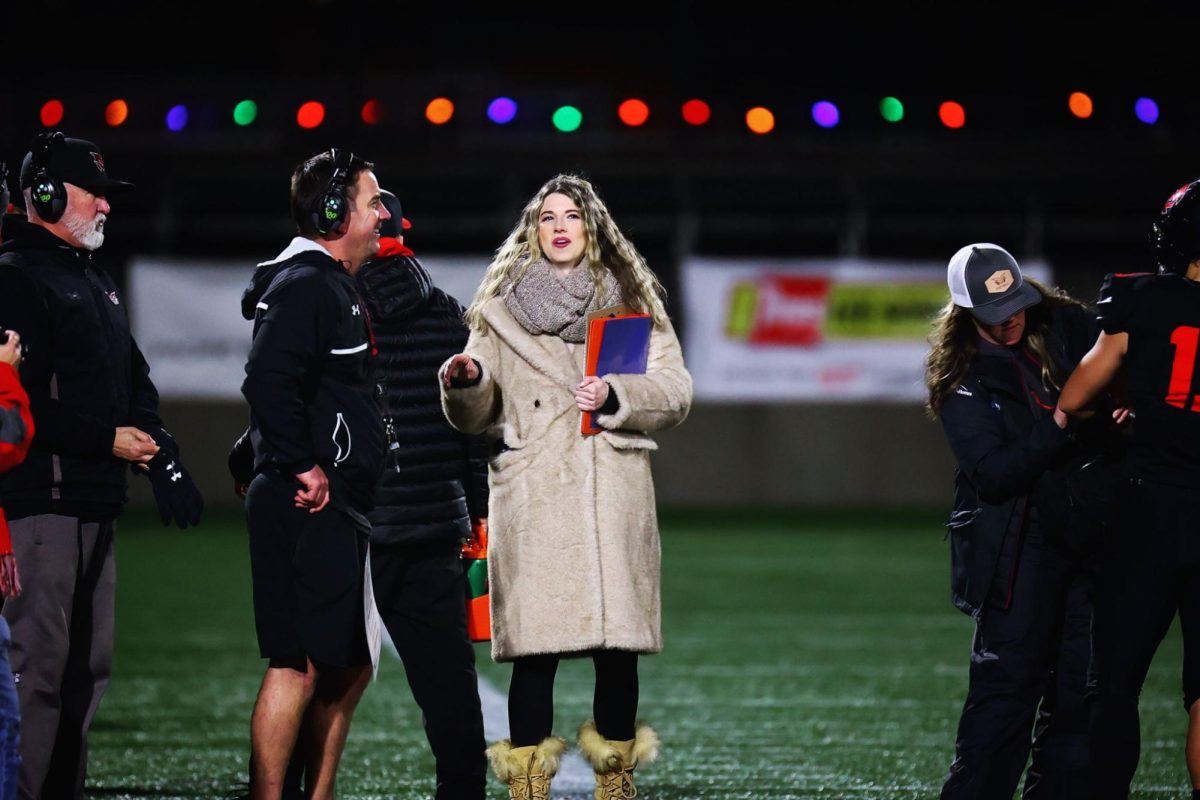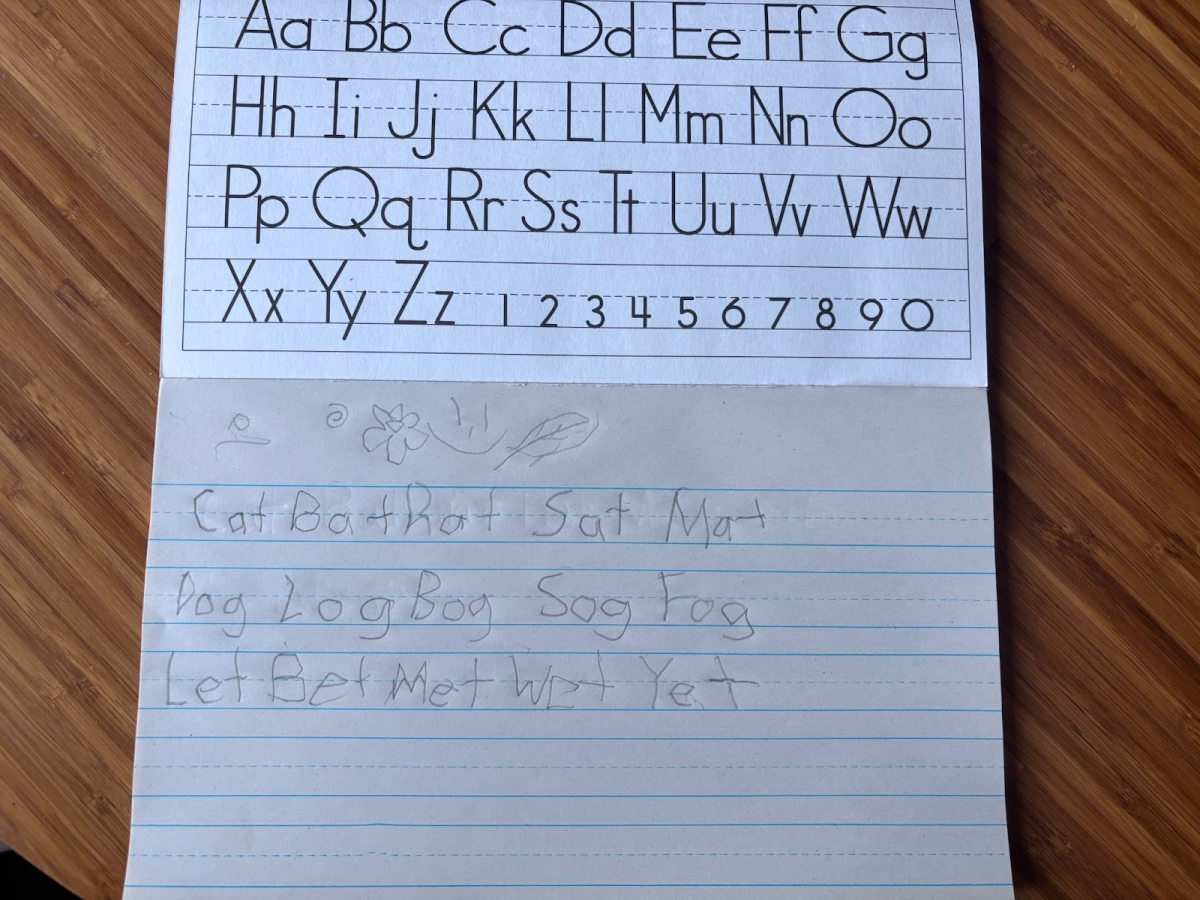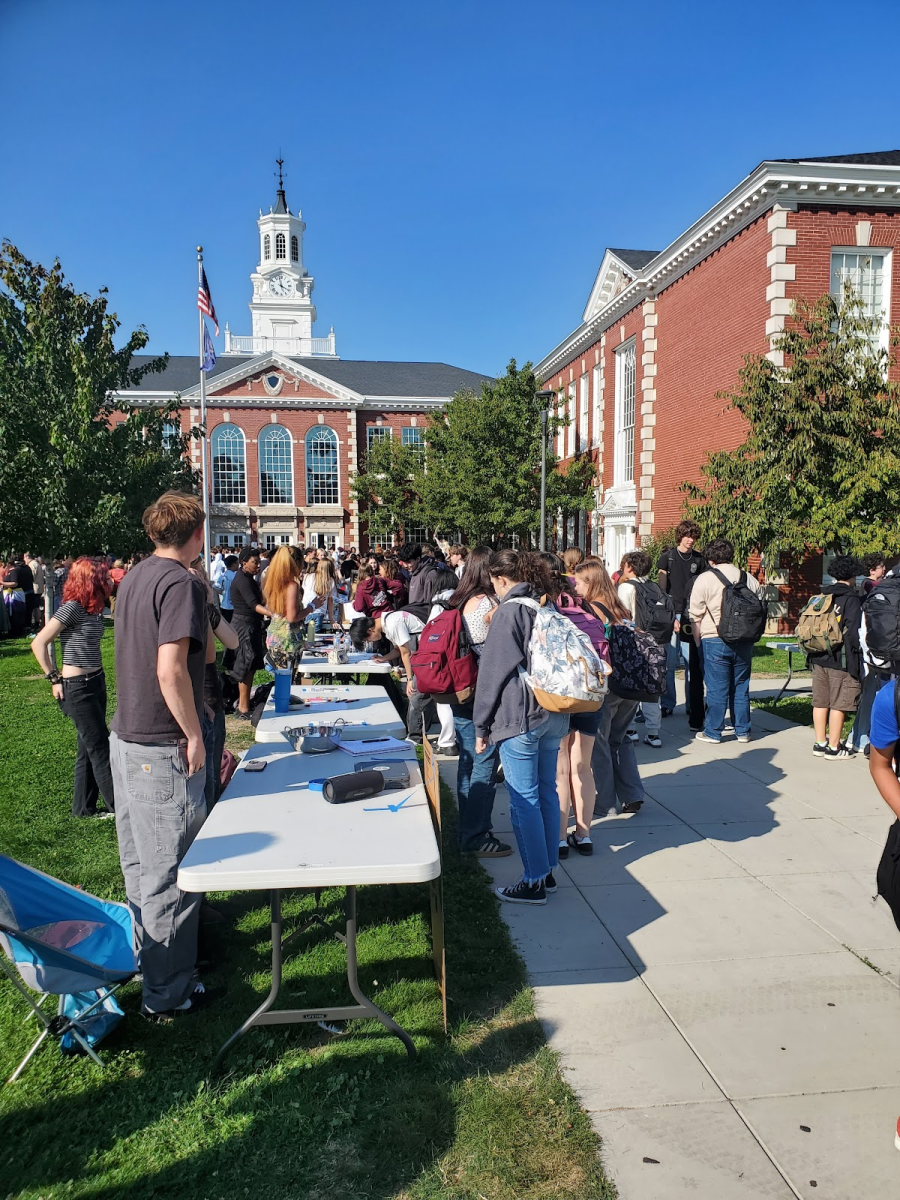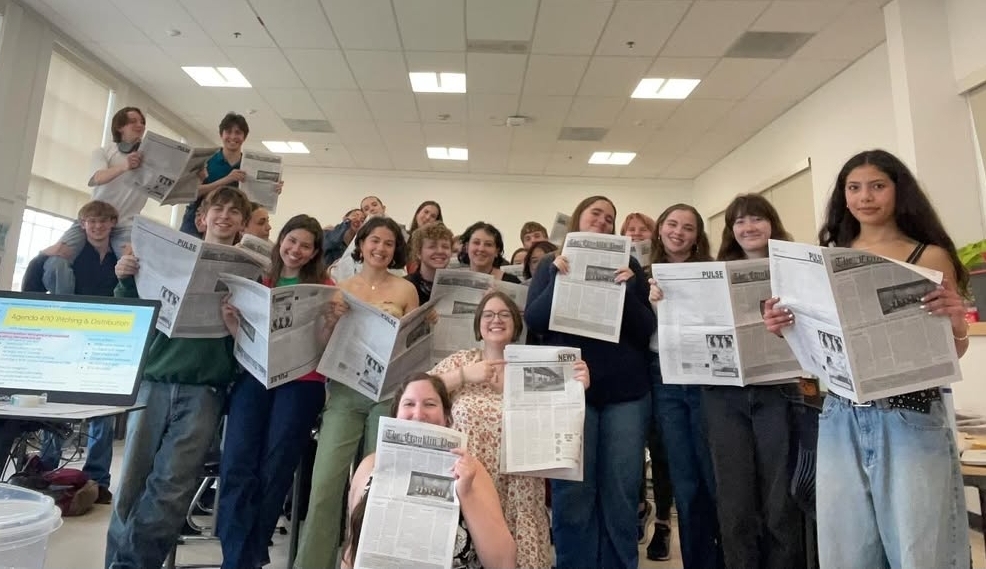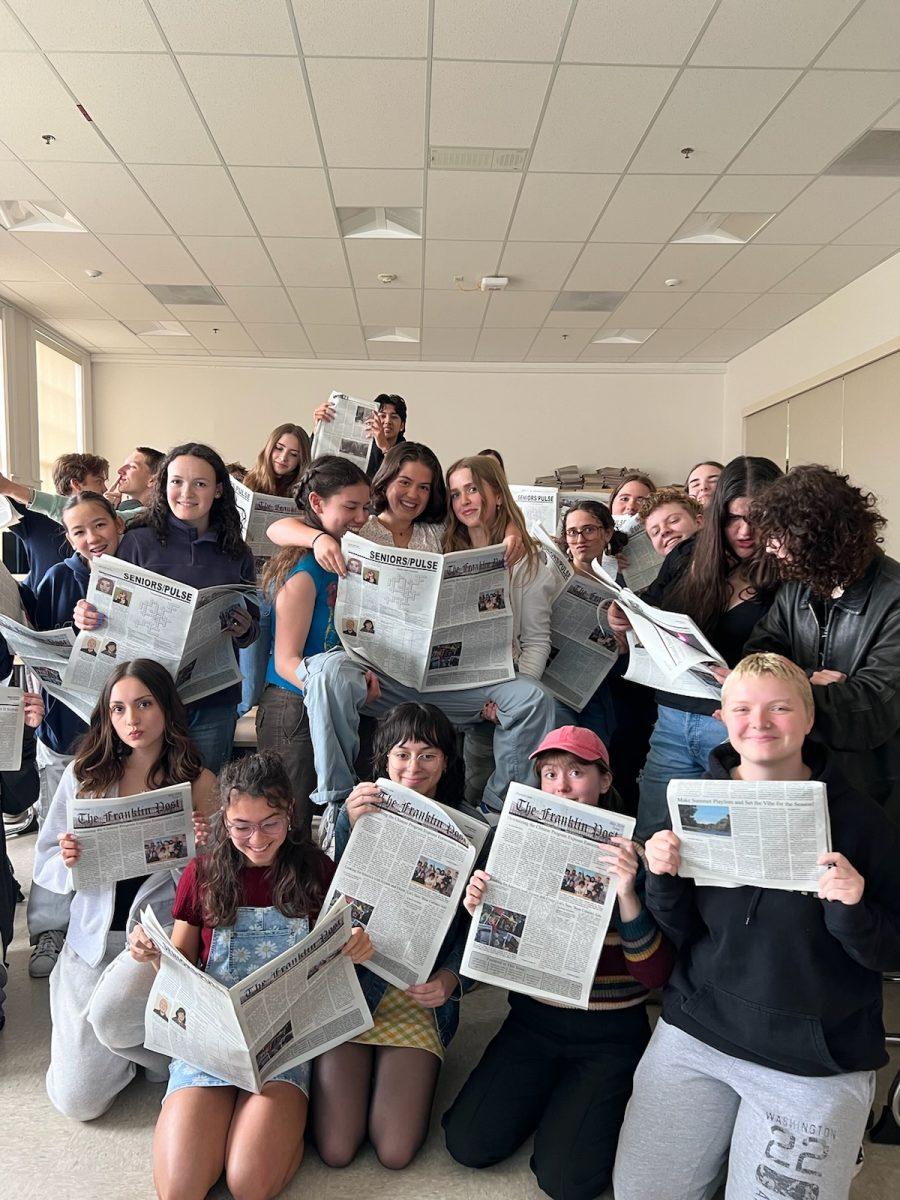A brown, leather book with a yellow cross and tiny writing that is difficult to make out. This is the archetypal image of the Christian bible, arguably the most influential piece of writing in all of history. And while reportedly only 11 percent of Americans have read it in full, its far-reaching impact has seeped into countless other works of literature, many of which are disproportionately represented in US English curriculums.
Out of the 15 most used novels in the AP Literature exam Open Response Questions between 2000 and 2017, 13 feature critical Christian allusions. While the use of said ideas may differ—some books are critical of faith, deal with the loss of it, or contrast Christianity with other religious practices—there is an evident trend.
For schools within Portland, the least religiously affiliated metro area in the country, the divide is specifically evident. Students who have gone to Sunday school, Catholic schools, or have engaged in other Christian or biblical opportunities are at an inherent advantage. With frequent religious parallels to figures like Jesus, Christian morality of sin and punishment, and direct references to language from the Bible, it is easier for biblically literate students to understand important themes, character arcs, and events within such text.
Elle Wilder teaches AP Literature at Franklin. The novels in her curriculum, Things Fall Apart, Jane Eyre, and In the Time of The Butterflies, are all selected for their exploration of the hero’s journey and fundamental archetypes. “I want to make sure [my students] go into college with a classical foothold,” she says.
Consequently, all three novels feature strong religious themes. Wilder theorizes that this results from the times and places where the novels originate. “The canon is Western centered, and within Europe and the United States and other Western countries there are a large concentration of Christians,” Wilder says. “And so as writers were writing they were drawing from their own experiences and from society and if society was predominantly Christian… people [knew] those allusions.”
Christianity is the largest religion in the world and is especially dominant within Europe and the Americas. In the US, nearly 75 percent of people identify as Protestant, Catholic, or Mormon, according to a 2016 study from Gallup, Inc. This number was even higher in past decades, meaning that during formative eras in classic literature, the zeitgeist was heavily weighted. This creates issues for certain underrepresented groups. As Wilder puts it, “Because the canon is so Western, other religious points of view are filtered out.”
Beyond fiction, essential historical texts can have unavoidable religious references. Both Elisa Wong’s AP Language class and the AP Seminar documents supplied this year by College Board feature “A Letter from Birmingham Jail” by civil rights leader Martin Luther King Jr. In defense of intervention in Alabama, King writes that “just as the prophets of the eighth century B.C. left their villages and carried their ‘thus saith the Lord’ far beyond the boundaries of their hometowns, and just as the Apostle Paul left his village of Tarsus and carried the gospel of Jesus Christ to the far corners of the Greco Roman world, so am I compelled to carry the gospel of freedom beyond my own home town.”
Here, religious references are essential to the point made. “[King] is alluding back to biblical examples and comparing those experiences to his own,” explains Jewish Community Club officer Flora Pollack (11). “And [he is] using his background as a preacher and how that relates to who he is and how he acts as an activist,” follows Faith Exploration Club’s Loghan Miller (11). Such an example makes one thing clear—it is not appropriate to cut Christianity from the curriculum altogether at the risk of erasing non-religious forms of diversity. Rather, the approach has to be far more nuanced.
The first step is to provide students with resources. “I have to make sure that students have a reference point, so in Jane Eyre, I just gave [them] the list of allusions,” explains Wilder. This globally aids understanding of the references, even for those who have had previous religious education. “Just because something is taught doesn’t mean that, first of all, anybody got it the first time around, or secondly that they interpreted in the way that it shows up in the novel.”
Students can help too. Through group discussion, Christian peers extend their knowledge to others. “When we talk in AP English class, religion does come up in discussion of subject or themes,” Miller says. If these interactions are used as sharing opportunities, outside research is not necessary required. However, a reliance on this dynamic cements Christian students in advisory roles and strips opportunities for those of other backgrounds to speak. An ideal situation would be equal, allowing a rotation of expertise through exploring a variety of texts.
To some extent, this is already being pushed for in lower level English classes. According to a comprehensive list of novel sets used by English teachers at Franklin during the 18-19 school year, while Christian literature is still disproportionately represented, there is comparatively far more religious diversity: American Born Chinese, Siddhartha, Boy in Striped Pajamas, Persepolis, even Catcher in the Rye with its relative atheism.
“I think it’s very different depending on the teacher,” Pollack says. “My freshman year… we read a lot of different books from different background and perspectives.” Responsibility falls largely on teachers to stay mindful about their selection of stimulus.
Bible literacy is an unfortunate necessity for students in current English curriculums. While historical demographics demand the exploration of some Christian symbolism, and a limited presence is healthy in allowing for the sharing of cultural knowledge between peers, educators local and national should chase greater presence of other perspectives. Meanwhile, providing resources for those necessary texts lessen the burden for non-Christian or non-religious students. As a secular institution, schools should provide equal opportunity.
